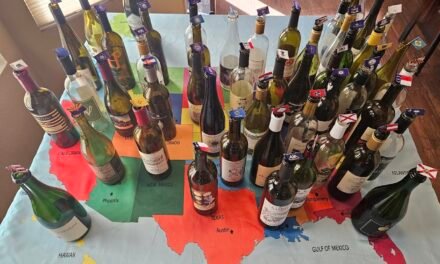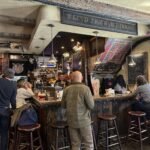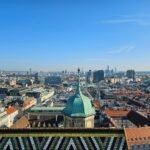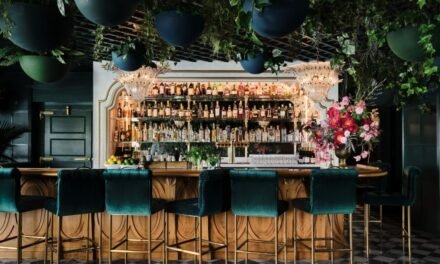
A Giacometti Pilgrimage
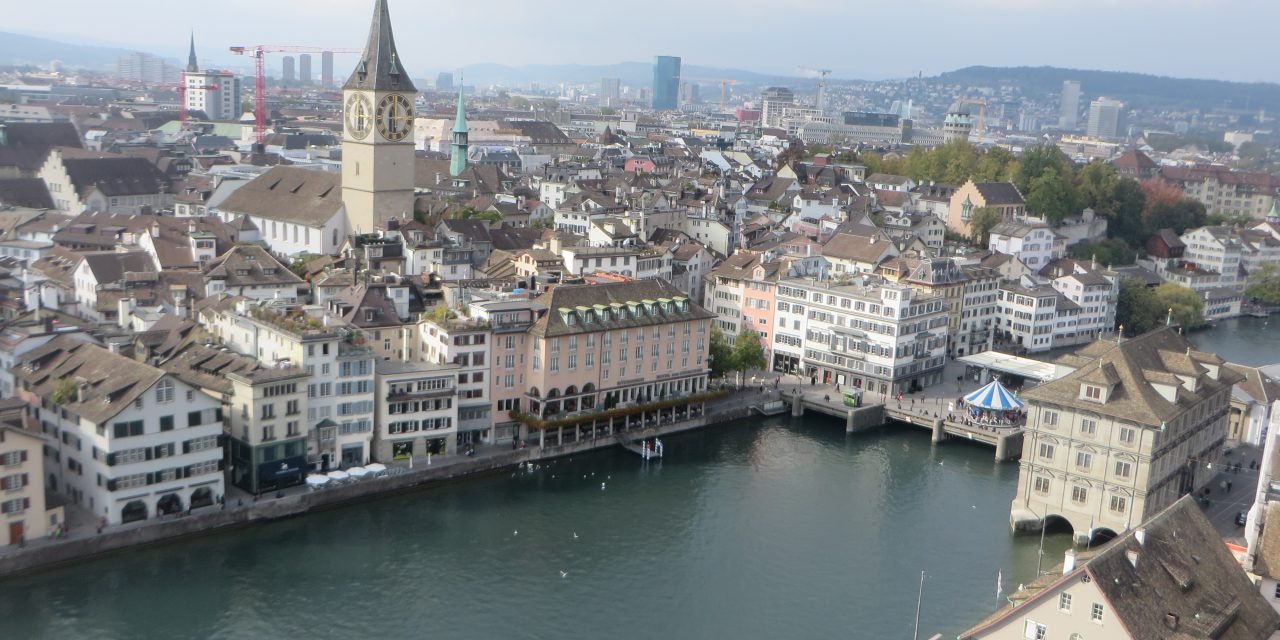
Switzerland is known for many things, including top-of-the-line watches, rich chocolates, a fine selection of cheese, diversity of languages, picturesque natural beauty and its neutrality in regard to world affairs. What most folks don’t realize is that this charming country also has a reputation for art, rivaling that of numerous other European nations in regards to size and scope of collections within its museums. Additionally, many famous artists are from Switzerland, including Paul Klee, Ferdinand Hodler, Jean Tinguely, Arnold Böcklin and Méret Oppenheim. The most renowned, however, is Alberto Giacometti.
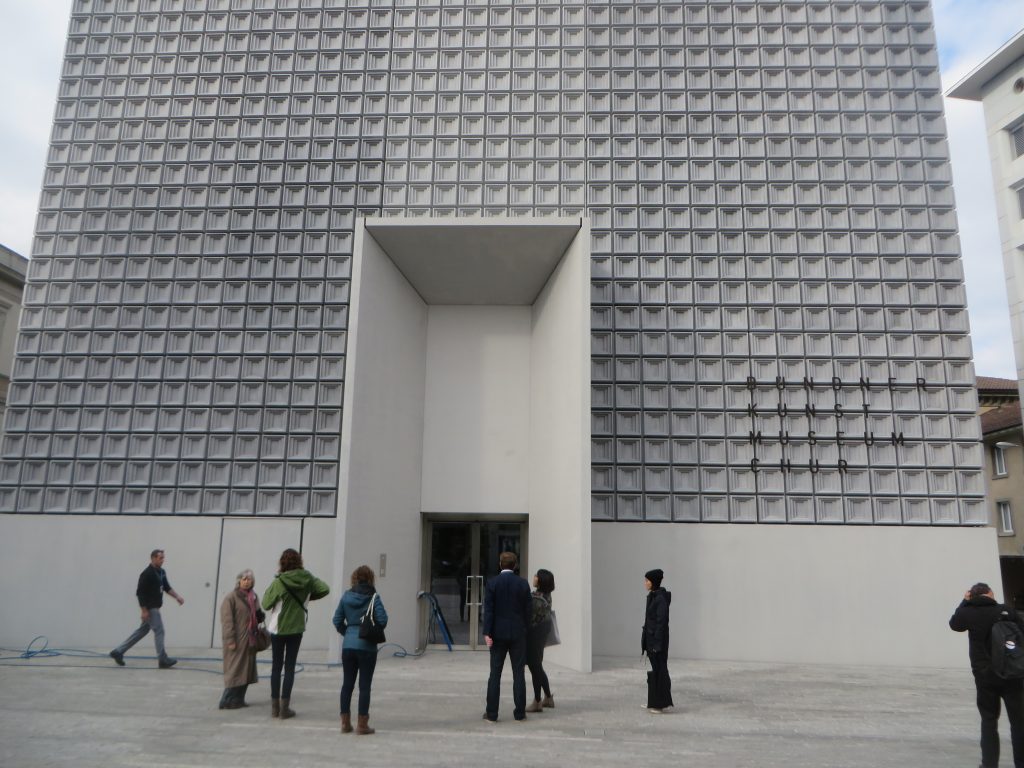
As I grew up in the Windy City, the Art Institute of Chicago was a beacon of culture for my family. We would make monthly treks to this revered institution and visit our favorite galleries to view works by such notable artists as Renoir, Picasso, Matisse, Monet, Gauguin and Van Gogh, among others. It is here that I first learned about the masters and the various genres and movements while discovering a world of beauty. I became a true art aficionado and lifetime museum-goer, seeking art in every corner of the globe–which is how I found myself in Switzerland on a Giacometti pilgrimage.
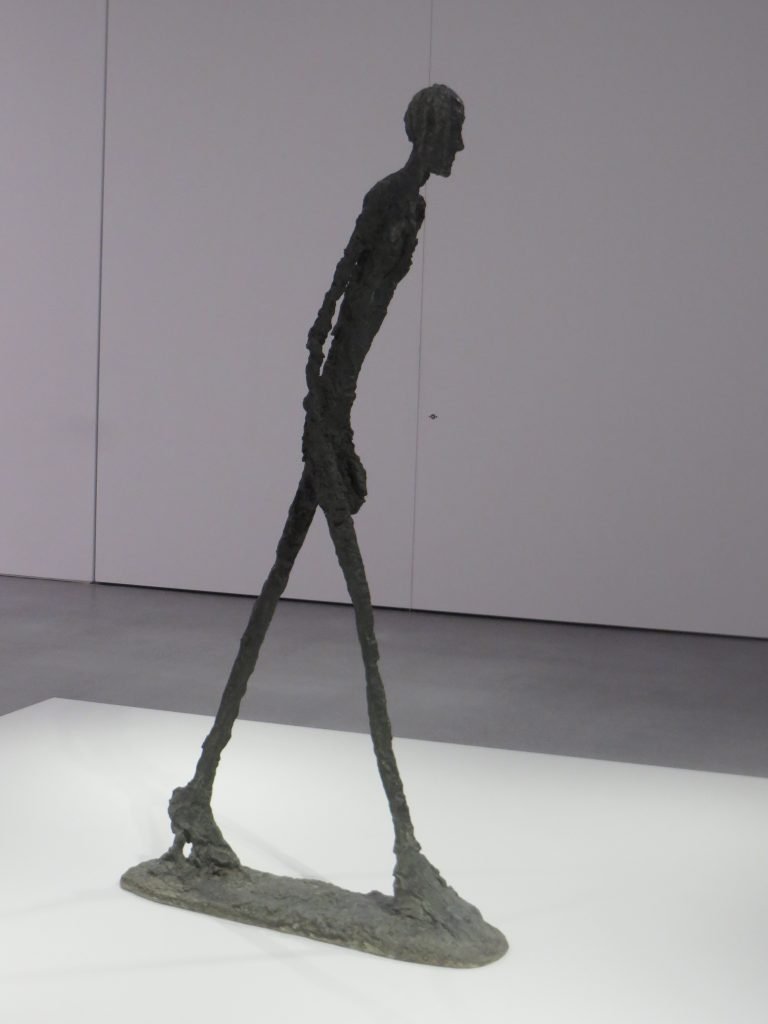
My father, a fan of Giacometti’s oeuvre, particularly his sculptures, had introduced me to this artist’s unique style, one that resists easy categorization, yet is often compared to that of the existentialists in literature. Some call the work surrealist, others label it formalist, and then there are those who view it as expressionist, with defining elements of cubism. I became especially intrigued with Giacometti’s famous elongated and emaciated sculpted figures, works that helped make the motif of the suffering human figure a popular symbol of post-war trauma.
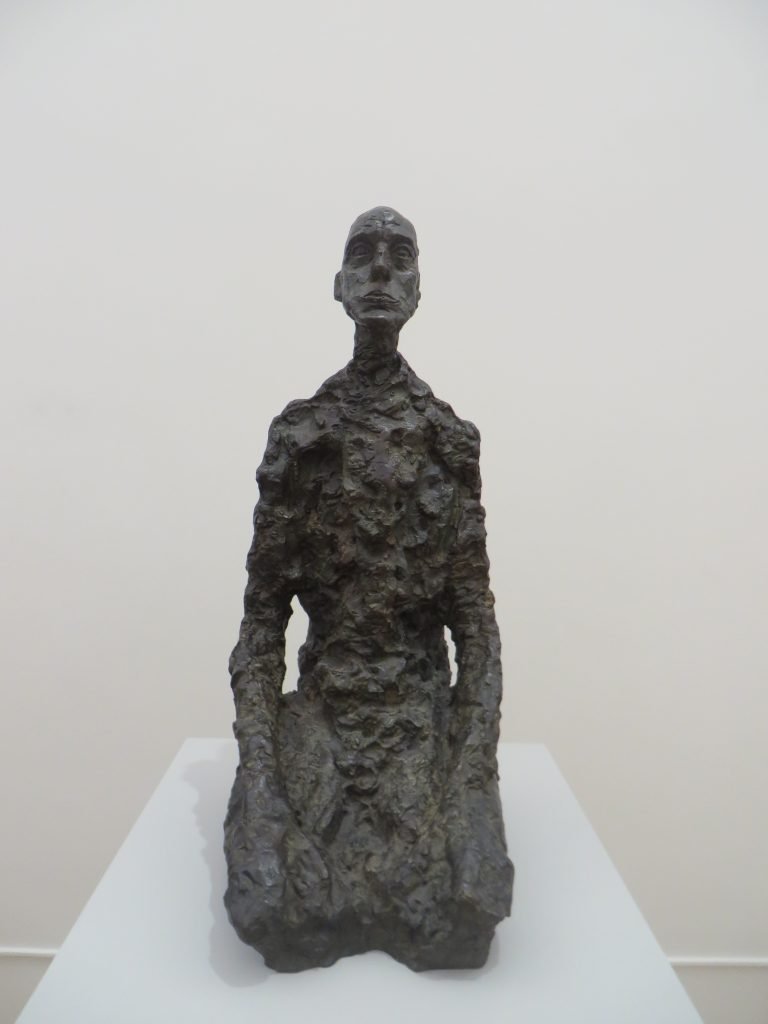
Presented with the opportunity to learn more about Giacometti on the 50th anniversary of his death, I joined a tour that would take me to the artist’s hometown in the Bregaglia Valley near the Swiss-Italian border, as well as to several museums displaying his work in both Chur and in Zurich. We began in Chur, an enchanting town with narrow, winding streets amidst an Alpine setting, roughly an hour from Zurich. It is the oldest city in Switzerland, having been permanently inhabited for at least 5,000 years. It is also the place where Giacometti died.

The snow-capped Graubünden mountains tower above Chur. It’s known as a magnet for both nature lovers and those seeking an array of cultural institutions, good food, shopping and plenty of comfy accommodations, such as the cozy, centrally-located Romantik Hotel Stern, a place with a 330-year history of warm Swiss hospitality, not to mention delicious traditional cuisine. Sampling the regional cuisine is a must, particularly the Maluns, fried potatoes with homemade applesauce and Alpine cheese, as well as Capuns Sursilvans, stuffed cabbage rolls topped with cheese. My personal favorite, however, is Pizzoccheri Neri, buckwheat noodles with veggies and cheese. When it comes to dessert, try the Cupetta cun Tschüschinas, walnut ice cream with dried plums marinated in plum brandy — a nice kick!
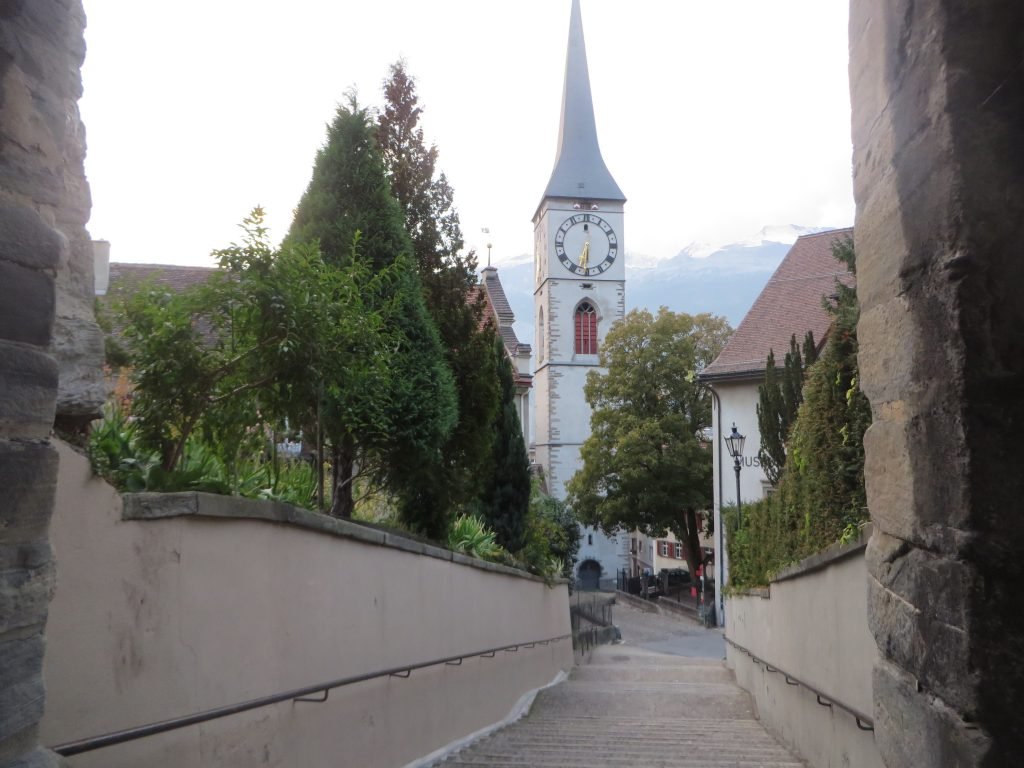
On a walking tour of Chur’s Old Town, you’ll visit St. Martin’s Church, originally an 8th century building that was rebuilt in 1491 after a big fire destroyed it. There’s also the Chur Cathedral, which took 120 years to build, which explains its Roman and Gothic style edifice. Inside, you’ll be surprised to find that the altar is crooked. Several theories have been proposed for this oddity, among them one that alludes to Jesus’s head, which was bent on the cross, leading to an angled altar in respect to this position. The other purports that the church’s expansion over the years mandated a slanted altar because the building is situated partially on a rock.
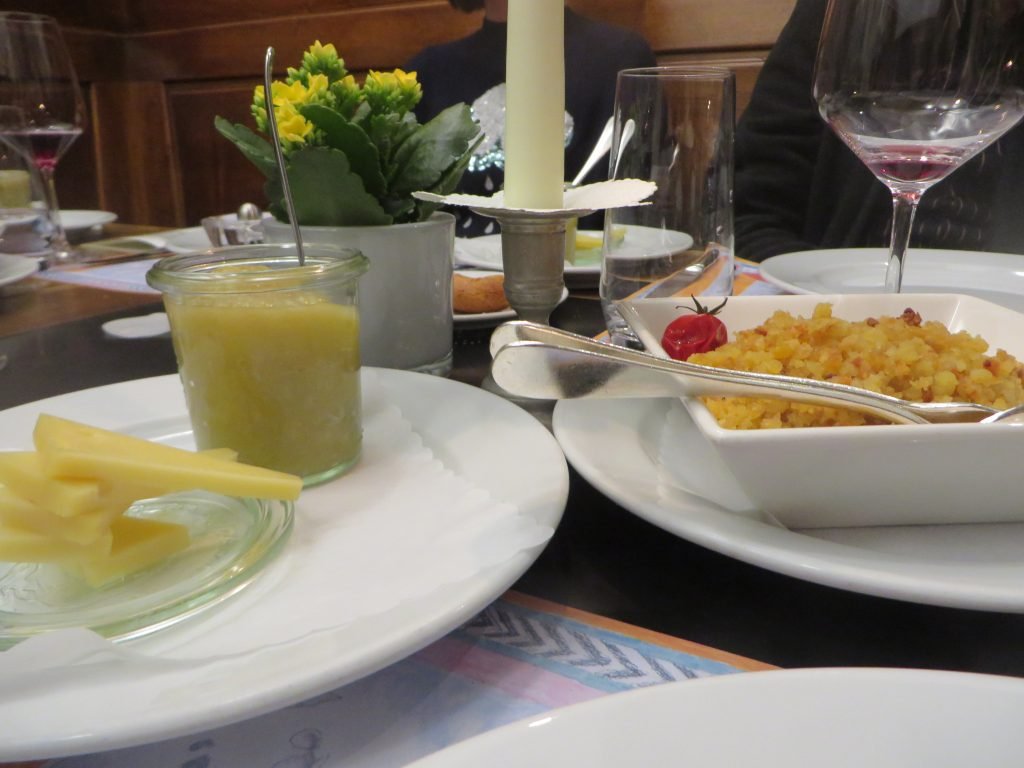
Art is omnipresent in the outdoor sculptures and fountains that dot this lovely town, as well as in its museums. Of note is the Graubünden Art Museum, which recently underwent a major extension. The original structure, Villa Planta, was a private residence designed in the neoclassical style with a prestigious front façade. Over the years, it became clear that the building did not supply sufficient space for the museum’s continually growing collection. Last June, an extension was completed, which though minimalist and ultra-contemporary in design, has architectural elements that reference the venerable Villa Planta and conjoins with it to create a unique landmark.
Focal points from the museum’s collection include the works of Angelika Kauffmann, who was born in Chur and is regarded as one of the greatest 18th-century women artists and a leading champion of neoclassicism. Another key focus is expressionism, with paintings by Ernst Ludwig Kirchner, Hermann Scherer, Albert Müller and Paul Camenisch. HR Giger, who was born in Chur and won an Oscar for the best visual effects for the monster in the film Alien, is also represented. But, the pièce de resistance has to be the museum’s fine body of work from the Giacometti family, including those of Alberto, his brother Diego, their father Giovanni and Giovanni’s second cousin, Augusto Giacometti, making this a veritable “Giacometti house” experience for visitors. Learning of these other family members was a particularly delightful revelation for me, as I was previously unaware of their existence.
 This standout collection emphasizes Giovanni’s Post-Impressionist paintings, significant sculptures, paintings and drawings by Alberto from each of his artistic periods, along with Diego’s highly artistic furniture creations. Diego was known only to the art world as the model of his famous brother Alberto, as well as his assistant in executing Alberto’s sculptures. Following the latter’s death, Diego began to concentrate on creating his own body of work and came into his own as an artist, no longer living in the shadow of his brother’s fame. The collection also includes Augusto Giacometti’s astonishingly early abstractions, which played a notable role in 20th century Swiss painting.
This standout collection emphasizes Giovanni’s Post-Impressionist paintings, significant sculptures, paintings and drawings by Alberto from each of his artistic periods, along with Diego’s highly artistic furniture creations. Diego was known only to the art world as the model of his famous brother Alberto, as well as his assistant in executing Alberto’s sculptures. Following the latter’s death, Diego began to concentrate on creating his own body of work and came into his own as an artist, no longer living in the shadow of his brother’s fame. The collection also includes Augusto Giacometti’s astonishingly early abstractions, which played a notable role in 20th century Swiss painting.
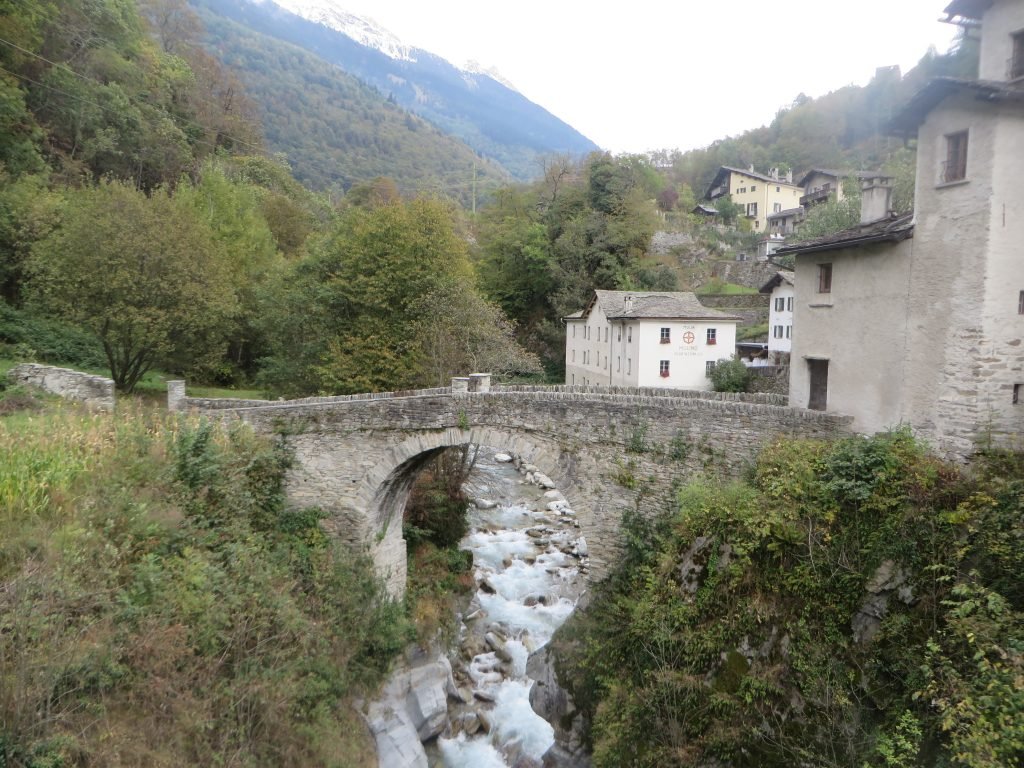 Alberto is the most famous of the Giacometti family artists. This is due to the exceptional quality of his work, which attracted the attention of the right people. His social connections, particularly with the surrealists, were also responsible in assisting his rise to great prominence. Alberto’s body of work was extensive, and critics have always been intrigued with his constant search for the human being and the presence of inner turmoil within his paintings and sculptures.
Alberto is the most famous of the Giacometti family artists. This is due to the exceptional quality of his work, which attracted the attention of the right people. His social connections, particularly with the surrealists, were also responsible in assisting his rise to great prominence. Alberto’s body of work was extensive, and critics have always been intrigued with his constant search for the human being and the presence of inner turmoil within his paintings and sculptures.
From Chur, we journeyed to Alberto’s hometown of Stampa in Bregaglia, an unspoiled valley in the Italian region of Switzerland that is rich in history and natural beauty. Getting there is definitely part of the fun, as it involves a panoramic train to St. Moritz through spectacular mountainous scenery. The train negotiates numerous tunnels, bridges and inclines, giving passengers a host of jaw-dropping views. Two bus rides followed, which took us deep into the valley along winding roads dotted with quaint villages surrounded by jagged granite peaks. This area is paradise for hikers and mountain climbers, but it is also an idyllic refuge for artists.

Though the artist spent most of his life in Paris, he periodically returned to his roots in Stampa. His parents remained there until their deaths, and he visited them whenever possible as they were very important figures in his life. He also spent time with a number of close friends from his boyhood days and was often a fixture at the local restaurant, where he would sit for hours talking with the farmers and villagers. Stampa served as a sanctuary where he could connect with nature and escape from his hectic Paris lifestyle.
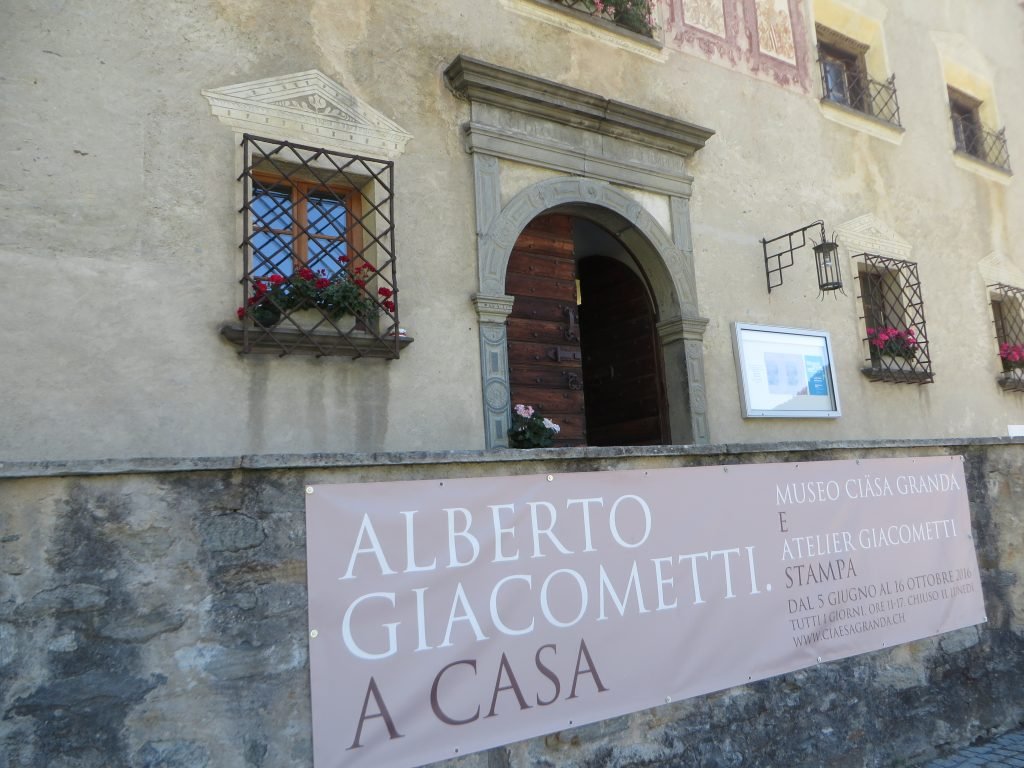
In the Stampa vicinity, there are numerous buildings–testaments to the works of the Giacometti artists. You can visit the churches of San Pietro and San Giorgio, which contain works by Augusto; the cemetery at San Giorgio, which is the site of the artists’ graves; and the atelier or studio used by father and son. The former residences of the family are still in existence and can be seen from the outside, but they are unavailable to tour as they are privately owned.
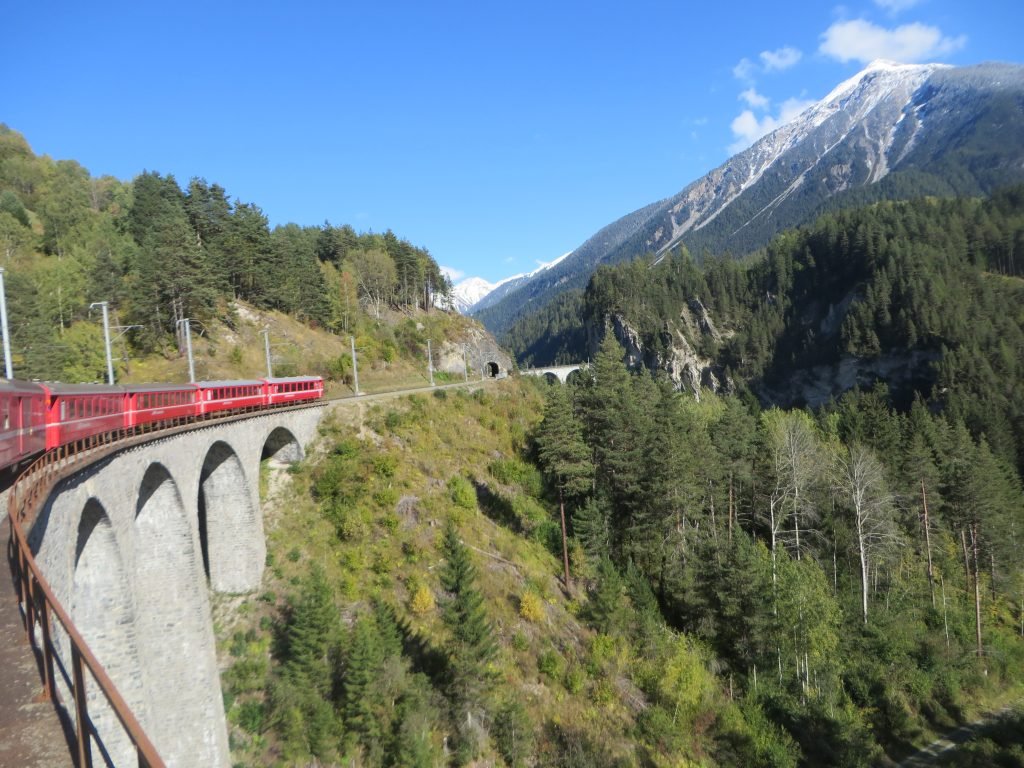 There’s also Ciäsa Granda, a small, but fascinating museum within a 16th century house. It’s devoted to the history and culture of the valley, with exhibits about rural life, along with a sizeable geology collection. The museum chose to celebrate Alberto Giacometti, the region’s most illustrious son, with an exhibition this year to mark the 50th anniversary of his death. On display in “Alberto Giacometti: A Casa,” are notable drawings, paintings and sculptures from Alberto’s various artistic periods plus works by his father, brother Diego and distant relation Augusto.
There’s also Ciäsa Granda, a small, but fascinating museum within a 16th century house. It’s devoted to the history and culture of the valley, with exhibits about rural life, along with a sizeable geology collection. The museum chose to celebrate Alberto Giacometti, the region’s most illustrious son, with an exhibition this year to mark the 50th anniversary of his death. On display in “Alberto Giacometti: A Casa,” are notable drawings, paintings and sculptures from Alberto’s various artistic periods plus works by his father, brother Diego and distant relation Augusto.

Alberto did many portraits of his family and his wife, Annette, as well as of different models. He was known to paint several versions of the same subject and it could take him two, sometimes three years, to complete a portrait. He was described by others as a driven and troubled man, who constantly questioned, provoked and reacted to what was happening around him. Such qualities were at the heart of his work, which later became recognized as representing the essence of modern man’s condition.
A visit to the atelier is a must, as it provides a real sense of authenticity to the Giacometti scene. It is here that Alberto’s father, Giovanni, painted his family, fellow human beings and landscapes, documenting life as he saw it in the valley. After his death, Alberto took over the place and used it as his studio when he stayed in Stampa. There are burns on the table from his cigarettes, red marks on the floor to indicate where his models sat, a used palette and paintbrushes, an easel and other objects that tell of the artist in residence.
For further insight into Alberto and his family, a guided tour is highly recommended. Dr. Marco Giacometti, co-founder of the Giacometti Center and a distant relation to the artist, is happy to share his extensive knowledge of Alberto, while helping visitors explore the area. He supplements his tour with photos taken of Alberto, which he shows at each of the pertinent sites. A walk to Alberto’s cave elicits a particularly poignant moment, as Dr. Giacometti explains to our group that this is where the artist played as a child. Being in the cave made him feel safe and happy. Years later, he fondly refers to this stone haven as a dear friend from the past.
While in Bregaglia, you’ll feel as if you were in Italy, as Italian is the main language spoken in these parts, and most aspects of the Italian culture are present in full force, including the food. You will, however, find regional specialties including local aged cheese, artisanal sausage and all things chesnut, such as cakes, cookies, noodles and gnocchi made with chestnut flour. The Scartazzini Mill, a tenth-generation family operation, produces the flour and operates a bakery where bread and other baked goods are made.
As for lodging during your stay, Hotel La Soglina is the best bet, as the location can’t be beat. Your digs will be on top of a lofty plateau high above the valley, and when you step out on your balcony, you’ll feel as if you can almost touch the majestic peaks. The sounds of church bells and cowbells will elicit images of Heidi or Maria Von Trapp and you just might break out into song.
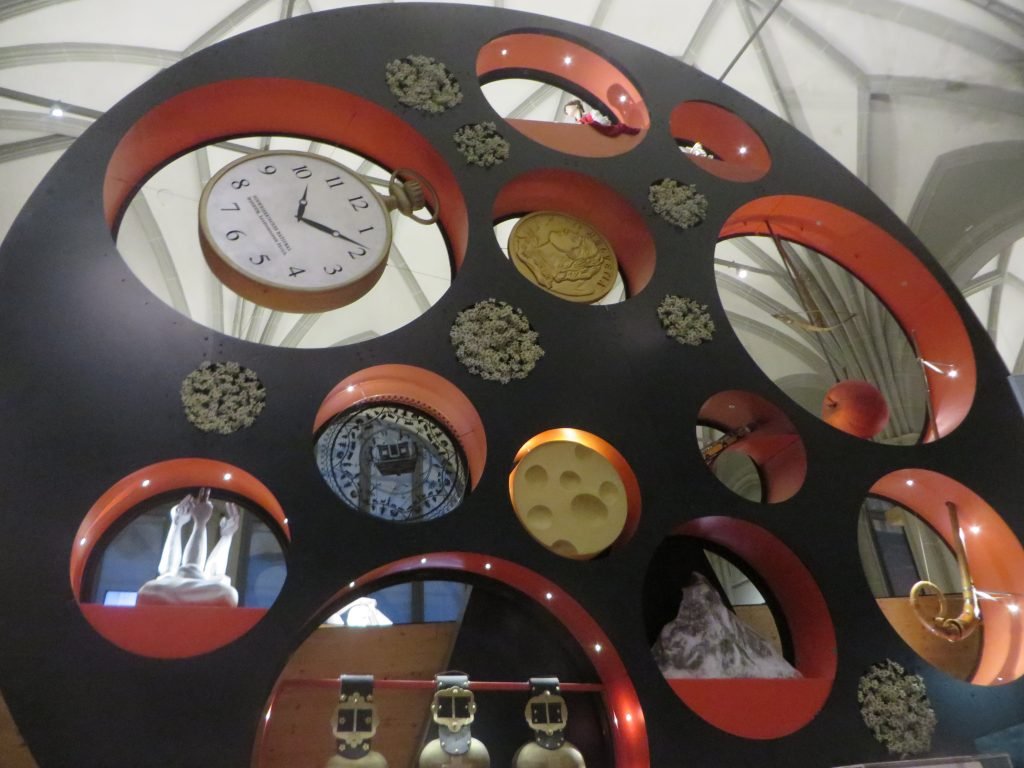
Our final stop on the pilgrimage was Zurich, Switzerland’s largest city. Though it’s an invigorating urban mecca, Zurich manages to retain the charms of a much smaller town. It’s a compact city and easy to get around using the various modes of transportation available. Medieval architecture mixes with new in a seamless manner, with reverence shown towards both the city’s historical roots and its innovative, contemporary vibe. Having a picture-pretty lake in the middle of this scene is the icing on the cake.
A walking tour of Old Town is a great way to see some of Zurich’s highlights when it comes to the city’s history. Churches are a part of this landscape with Frau Münster, Gros Münster and St. Peter’s Church the heavy hitters. The Gothic style Frau Münster has exquisite stained glass windows by Marc Chagall and Augusto Giacometti. The latter’s work is also on display in Gros Münster, the Cathedral of Zurich. This imposing Romanesque and Gothic structure is the most recognized landmark in the city and offers optimal views from the top of its bell tower. St. Peter’s is notable for having the largest clock tower in the country. Scattered around the lake are guild houses, once centers for the trades. Still in existence today, they serve in a traditional manner and several are open as restaurants to the public.
Before heading to the Kunsthaus Zurich, the city’s renowned art museum, we stopped at what must be the most attractive police station I’ve ever seen. Inside, the entrance hall is illuminated with abstract flower patterns in vibrant colors that decorate the walls and vaulted ceilings. This masterpiece, which locals refer to as “flower hall,” was created by Augusto Giacometti in the 1920s and is considered a piece of art of national significance.
The Kunsthaus Zurich is one of Switzerland’s jewels and a major cultural institution with an extensive collection that spans from ancient times to contemporary, with an emphasis on Swiss art. One of its claims to fame is that it has the largest collection of works by Alberto Giacometti in the world. Currently on display is “Alberto Giacometti – Beyond Bronze. Masterpieces in Plaster and Other Materials,” an exhibition of 150 works that, for the first time, focuses on the artist’s approach to the material nature of his chosen media. The show sheds new light on fundamental aspects of the work and methods of Switzerland’s most internationally celebrated sculptor. It is the first major exhibition of Giacometti’s work since 2001 and focuses on the plasters that he crafted and reworked countless times before they were eventually cast in bronze. These precious pieces, which have rarely been exhibited, are joined with the artist’s celebrated bronzes. For Giacometti aficionados, the exhibit is nirvana. Not only is it a feast for the senses, but it also provides useful insight into the artist’s methods and the relationship he had with his materials.
Another of Zurich’s venerable institutions, the Swiss National Museum, underwent an expansion this past summer and now has a new wing. The addition is contemporary in contrast to the 100+ year old existing building, which resembles a fairytale castle. Inside, you’ll find everything you ever wanted to know about the history of Switzerland. Exhibits are engaging and interactive, allowing the past to come alive in entertaining and unique ways.
There’s never any problem finding good food in Zurich (oh, the chocolates!), nor is there an issue with accommodations, as there are many choices. Location is always important to me, as is comfort and level of service, which is why I parked myself at the Ambassador a l’Opera. Situated in the heart of the city, adjacent to the lakeside promenade and opposite the opera house, this elegant, upscale boutique hotel made the ideal base for my exploration of Zurich. Rooms were spacious and well-appointed and the staff was ever-so-friendly and helpful. And the breakfasts were bountiful and delicious. The hotel also has a rooftop terrace that makes a perfect spot to enjoy a libation, or simply enjoy the views.
For more information:
MySwitzerland.com (official website of Switzerland Tourism)


